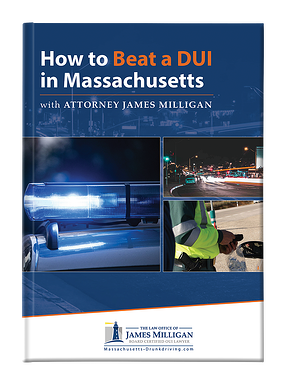1. The Physical Symptoms
Alcohol is a depressant, which means it causes delays in the messages shared between the brain and the body. This results in poor coordination, numbness, slower reflexes, and throws off your balance. Some physical symptoms of being too drunk to drive include:
- Delayed reaction time or slower reflexes
- Slurring your speech
- Feeling nauseous (or vomiting)
- Clumsiness, stumbling, or feeling off-balance
- Tiredness, fatigue, or passing out
- Changes to heart rate, breathing, or blood pressure
2. The Mental Symptoms
Alcohol affects the performance of your mind, as well. Here are some common mental symptoms of being too drunk to drive to look out for:
- Reduced inhibitions (willingness to take more risks)
- Feelings of confusion
- Forgetfulness
- Delayed realizations
- Inability to keep details straight
- Trouble understanding complex ideas
- Blackouts and memory loss
If you worry that you may be experiencing some of the above physical and mental symptoms, but are unsure if you’re too drunk to drive, alcohol.org describes common experiences at various levels of blood alcohol content (BAC).
}
3. Observations From Others
It’s wise to listen to cautious or concerned friends. If someone nearby asks you whether you’re okay to drive, odds are it’s because they’ve seen you drinking and/or exhibiting signs of intoxication. Always err on the side of caution, and unless they’re truly just asking as an unprompted courtesy, you should consider the reasons they may have to believe you’re at risk.
If you’ve ever been asked to hand over the keys when you believe you’re fine, frustration is natural. Remember, though, that alcohol lowers your inhibitions. It’s very common for individuals who are too drunk to drive to believe they are fine and feel no reservations about getting behind the wheel”even if they would have seen it differently in the friend’s shoes. The best option is not to take a risk.
4. Estimates of your BAC
Be incredibly cautious with estimating your own BAC. While it is a worthwhile exercise to consider common-knowledge guidelines on the effects of consuming alcohol for your age, weight, and gender, the wisest option is not to drive if you’ve imbibed any alcohol.
There are many consumer apps, devices, and online calculators that have been created to help the public attempt to estimate their BAC levels. Note that these devices and methods are not legal or official evidence of your BAC level”only a state-administered test of the breath or blood (most often by law enforcement following an arrest) will actually count in the eyes of the law.
5. Any Sense That Your Driving Is Affected
If you find yourself behind the wheel and driving, you’ve already satisfied the first few elements of the requirements in Massachusetts for a charge of OUI. As Nolo explains, Massachusetts defines OUI as:
- Operating a motor vehicle
- On a public way
- While “under the influence” of drugs or alcohol
- Or with a blood alcohol concentration (BAC) of .08% or more
All that’s left is for law enforcement to determine that you were “under the influence” via some combination of observation, chemical testing of the breath or blood, standard sobriety tests, and other circumstantial evidence. In other words, don’t start driving if you have any questions about your sobriety.
If you do find yourself in this situation, any feeling or sign of impairment (motor delays, swerving, missing traffic signals, or even just “feeling weird”), should immediately prompt you to pull over and call a friend, relative, cab, or ride-sharing service.
Should a police officer gain probable cause to believe you are too drunk to drive, you’ll be arrested for OUI. At that point, the best thing to do is to contact a qualified Massachusetts OUI lawyer. Your attorney will examine your case to determine whether any of the state’s evidence that you were too drunk to drive should be called into question.
}

